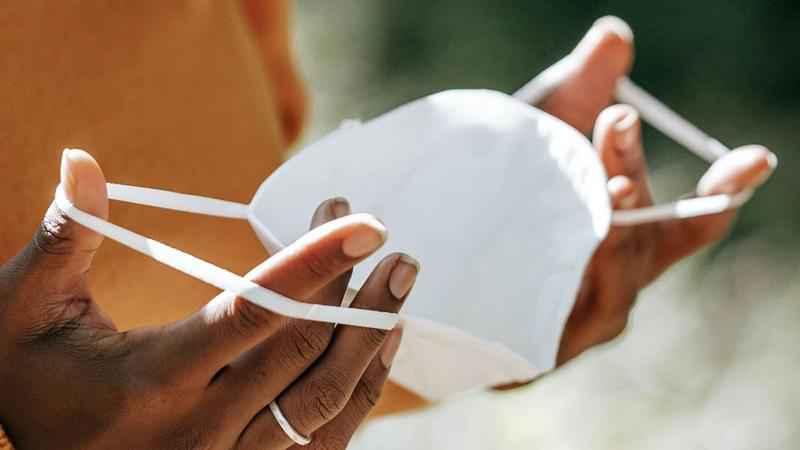Health experts urge switch away from cloth facemasks as omicron surge continues
The Centers for Disease Control and Prevention is weighing a significant update to its mask guidance in the face of the highly contagious omicron variant.
The new recommendations announced Friday urge Americans to upgrade from cloth masks to N95 or KN95 masks.
5 EYEWITNESS NEWS spoke with two local experts about the differences between various face coverings and what Minnesotans should consider when deciding which to wear.
"This has become more relevant because the omicron variant does appear to be more infectious and it takes less virus to cause an infection, so that’s why really good masks are now critical," said Joe Kurland, infection preventionist at Children’s Minnesota.
"The key to success is a good filter, low breathing resistance and proper fit," added Dr. Lisa Brosseau, a research consultant for the University of Minnesota’s Center for Infectious Disease Research and Policy, who has done extensive research on masking and exposure.

[MGN Images]
Both ranked masks in this order, from best to worst:
- N95 respirator
- KN95 mask / KF94 mask
- Surgical mask
- Cloth face covering
"Cloth masks don’t meet any of my criteria," Brosseau said. "The cloth material is not very good at capturing especially smaller particles. And it just gets really hard to breathe through. It’s uncomfortable so people will not wear them correctly."
"We really want to encourage individuals to move away from wearing these cloth masks," added Kurland. "The cloth masks were really kind of the stop-gap, the better-than-nothing approach we had early on. But now we want to encourage folks to take better levels of precaution."
Surgical masks are a step up from cloth masks but do not offer great protection for the uninfected person, Kurland said.
"They do a decent job at preventing you from releasing droplets and them coming out of your own mouth. However, they don’t do a great job of filtering what you breathe in," Kurland said.
Both experts said KN95 masks or KF94 masks are a better choice than surgical masks but are tested internationally and not held to the same high U.S. standard as the N95.
"They will have good filters. The problem with many of those is they’re not designed to fit very well and most of them have ear loops. Ear loops, while they’re comfortable, they’re hard to get a good fit test. So I would say KN95s are a step down from an N95 respirator but a step up from many surgical masks."
Meanwhile, N95 respirators are approved by the National Institute for Occupational Safety and Health for quality and are able to filter up to 95% of particles in the air when fitted and worn correctly.
"The N95 masks really do a much better job at sealing all around the face and making sure you are protected while breathing in, not just protecting what you breathe out," Kurland said.
The CDC does not recommend masks, even high-quality respirators, if it has an exhalation valve or vent.
Charts like this one can also help estimate how long it would take to get infected while wearing various types of face coverings:
The American Conference of Governmental Industrial Hygienists notes the chart was created using data from several studies conducted prior to the emergence of the omicron variant.
There are also groups, such as Project N95, that can help identify which mask manufacturers are legitimate and which may be selling counterfeit products.